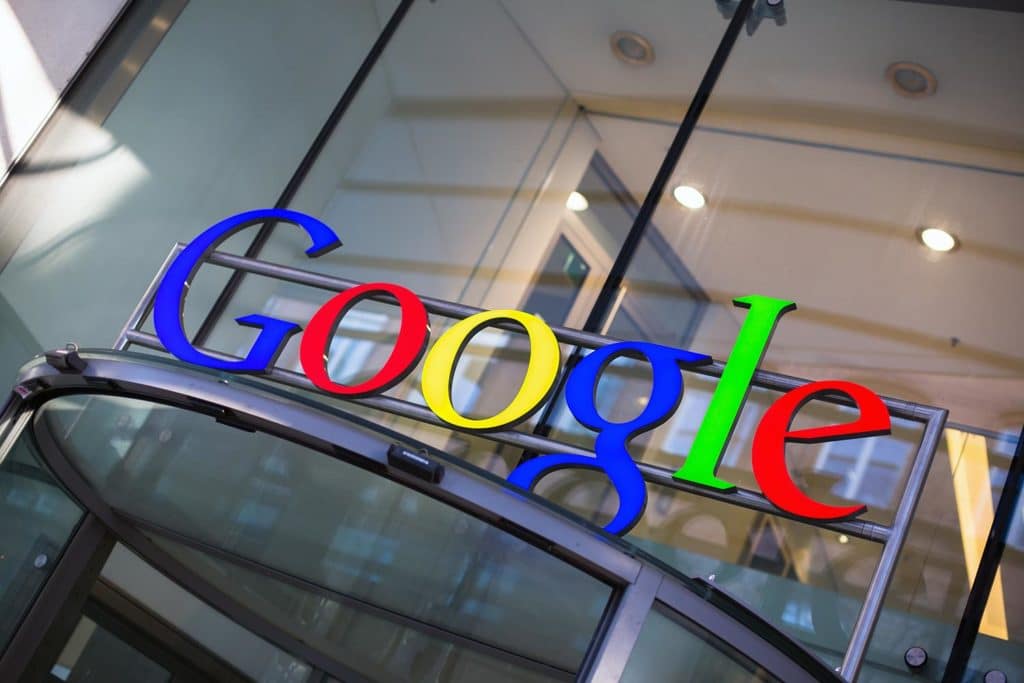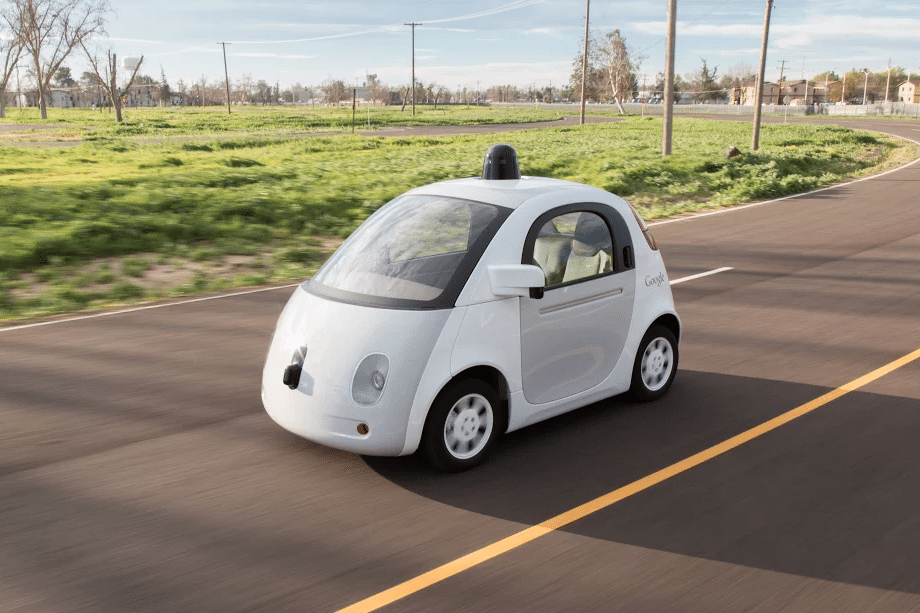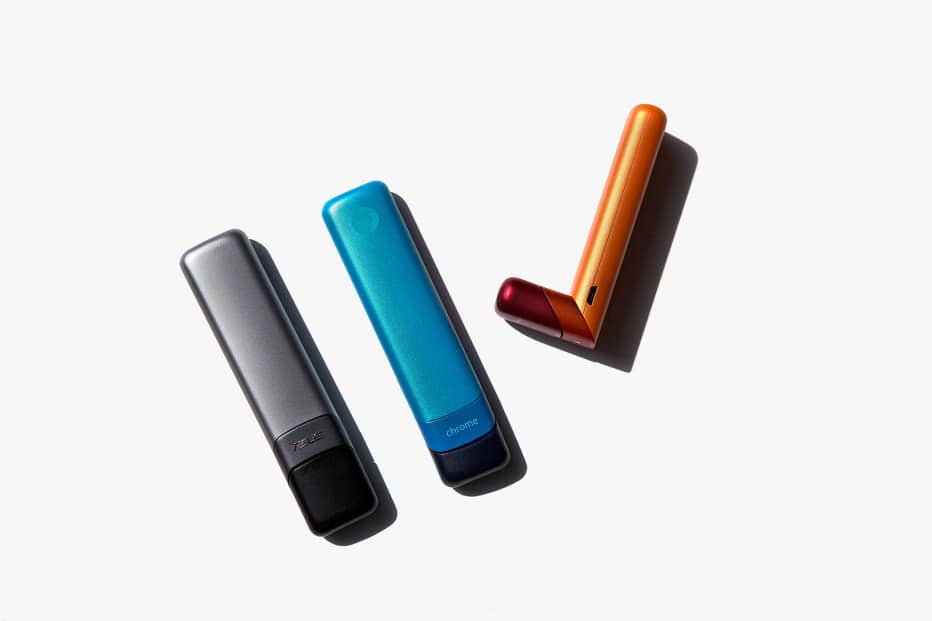Google wants the newest and latest API Vulkan in its new Android phones.
“Like the other low-overhead APIs, Vulkan promises to improve performance by providing more direct access to the GPU — developers can manage memory and multiple threads on their own rather than leaving it up to the driver, giving them more work to do but also providing more flexibility,” reports Andrew Cunningham for Arstechnica.com.
APIs is an abbreviation for application program interface. The API is responsible for memory and is a set of routines, protocols and tools used by developers to build software applications.
The Vulkan API was introduced in March by the Khronos Group. This system is similar to Metal and DirectX 12 in that it will require the use of an operating system and hardware support.
“Hardware and software companies need an open 3D API to maximize market reach and minimize porting costs, and Vulkan is being forged by a broad consortium of industry leaders to do exactly that,” said Khronos Group President Neil Trevett.
Google is still in the early stages of developing and implementing the new API. Best estimates have the API coming with the Android M by the end of the year. If history is any indication, Vulkan will have to be released when a new Android version is also released.


















